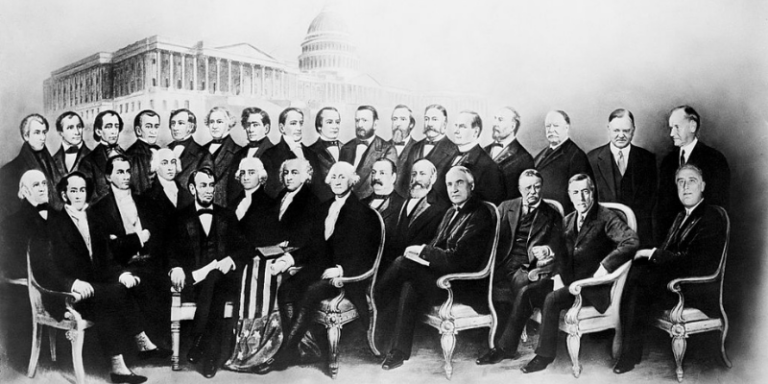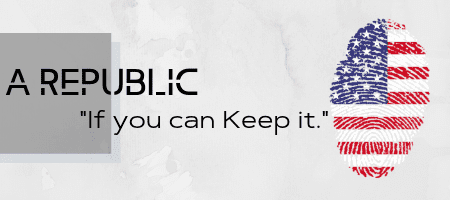Winning the Presidency Isn’t as Easy as it Might Sound
Most Americans over 35 could run for president, but very few could actually win.
By: Sarah Cowgill | January 17, 2020 | 433 Words

(Getty Images)
The road to becoming the president of the United States is long and difficult – and typically expensive. Not every American citizen can be a president. As directed by the Constitution, a presidential candidate must be a natural born citizen of the United States, a resident for 14 years, and at least 35 years of age.
Those who meet these three requirements can run for president, but it only gets harder from there. When a candidate raises or spends $5,000, they must then register with the Federal Election Commission, name the campaign, and designate the purpose in raising and spending campaign funds.
The Campaign Trail
Campaigning for president takes a lot of work and money. Candidates need votes, and that means talking to voters and getting their support. Candidates typically travel from state to state to meet the voters, and each campaign usually has a large staff to coordinate all the efforts.
Most campaigns for president run 12 to 20 months, during which the candidates try to gain voter support and funding. Candidates then have to face, depending on the rules in each state and party, primaries and caucuses, which are designed to weed out all but one candidate per party.
Narrowing the Candidates

In its simplest form, a primary is a popular vote using secret ballots while the caucus is a more informal gathering of voters who select their choice at the end of the meeting.
The primaries all lead up to the political party convention, where the official selection of the nominee happens. Those candidates that aren’t chosen can still run, but without the backing of the party and the funding of the big donors, most drop out of the race.
Election Day
Once selected, nominees campaign against each other, flooding the airwaves with ads to inform voters, visiting cities and towns, holding rallies, and talking to the electorate leading up to Election Day. This entire process is incredibly expensive. The average presidential campaign costs between $50 million and $100 million – and spending more than the competition doesn’t guarantee a win.
Although there is early voting in each state, the winner of the popular vote is typically decided by the events of Election Day. Voters have a 12-hour window to cast their ballots at the polls. Once closed, the votes are tallied and reported. However, the U.S. president and vice president are not elected directly by citizens. Instead, they’re chosen by “electors” in a process known as the Electoral College – a constitutional requirement. As such, a candidate can win the popular vote but lose to the decisions of the electors, though this only rarely happens.
















